| Description |
- Dual USB-C Connectors
- High-Speed Data Transfer
- Fast Charging Capabilities
- Wide Compatibility
- Various Lengths and Configurations
- Versatile Usage
|
- Connects USB-A (standard rectangular) to USB-B (square/trapezoidal) connectors
- Facilitates data transfer between computers and peripherals like printers and scanners
- Can provide power for charging devices like older smartphones and tablets
- Compatible with USB standards such as USB 2.0, USB 3.0, and USB 3.1
- Available in various lengths and configurations
- Versatile accessory for home and professional setups
|
- Bluetooth Connectivity: Adds Bluetooth to devices.
- Plug-and-Play: Simple USB installation.
- Compact and Portable: Easy to carry.
- Wireless Audio: Streams music wirelessly.
- Data Transfer: Transfers files between devices.
- Compatibility: Works with various OS.
- Range: Typical range up to 10m.
- Bluetooth Versions: Supports different versions.
|
- High Data Transfer Speeds: Up to 10 Gbps over short distances.
- Improved Bandwidth: Handles frequencies up to 250 MHz.
- Twisted Pair Design: Reduces crosstalk and interference.
- Backward Compatibility: Works with Cat5 and Cat5e standards.
- Durable Construction: High-quality materials and thicker sheathing.
- Flexible Length Options: Available from 1m to 100m.
- Shielded and Unshielded: Options for different interference levels.
- Plug-and-Play: Easy installation with no additional drivers needed.
|
- Parallel Connectivity: Links printers, scanners to computers.
- Durable Construction: Long-lasting materials.
- Standard Connectors: DB25 connectors.
- High-Speed Transfer: Fast data exchange.
- Various Lengths: Fits different setups.
- Plug-and-Play: Easy installation.
- Compatibility: Works with many devices.
|
- Connects USB-A (standard rectangular) to USB-C (smaller, reversible) connectors
- Facilitates high-speed data transfer between devices
- Enables fast charging for compatible devices
- Compatible with various USB standards like USB 2.0, USB 3.0, USB 3.1, and USB 3.2
- Available in various lengths and configurations
- Versatile accessory for connecting USB-C devices to computers, chargers, and peripherals
|
| Content |
USB-C-to-USB-C cables are versatile connectors used primarily for charging and data transfer between devices with USB-C ports. Here's a description:
- Connectivity: USB-C-to-USB-C cables feature USB-C connectors on both ends. USB-C, also known as Type-C, is a reversible connector that has become increasingly popular due to its versatility and convenience. It can be plugged in either way, making it easier to use.
- Data Transfer: These cables facilitate high-speed data transfer between devices, allowing users to connect USB-C devices such as smartphones, tablets, laptops, external hard drives, and monitors to each other or to chargers and docking stations with USB-C ports.
- Power Delivery: USB-C-to-USB-C cables support power delivery, enabling fast charging for compatible devices. They can deliver higher power outputs compared to older USB standards, allowing for rapid charging of smartphones, tablets, laptops, and other USB-C devices.
- Compatibility: These cables are compatible with various USB standards, including USB 2.0, USB 3.0, USB 3.1, and USB 3.2, depending on the specific cable and the devices being connected.
- Length and Varieties: USB-C-to-USB-C cables come in various lengths and configurations to suit different needs and setups. Some may have additional features such as braided shielding for durability, gold-plated connectors for better conductivity, or USB-IF certification for compliance with industry standards.
- Versatility: USB-C-to-USB-C cables are versatile accessories that are widely used in both home and professional environments for connecting a wide range of USB-C devices to each other or to chargers and docking stations. They are essential for ensuring seamless connectivity, data transfer, and power delivery in modern USB-C ecosystems.
| USB-A-to-USB-B cables are commonly used for connecting various peripherals and devices to computers and other USB-equipped devices. Here's a description:
- Connectivity: USB-A-to-USB-B cables feature a USB-A connector on one end and a USB-B connector on the other. The USB-A connector is the standard rectangular connector found on computers, laptops, and USB hubs, while the USB-B connector is typically square or trapezoidal and is commonly used for printers, scanners, and other peripherals.
- Data Transfer: These cables facilitate data transfer between devices, allowing users to connect peripherals such as printers, scanners, external hard drives, and audio interfaces to their computers or other devices with USB ports.
- Power: USB-A-to-USB-B cables can also provide power to devices, making them suitable for charging certain devices like older smartphones, tablets, and some music equipment.
- Compatibility: They are compatible with various USB standards, including USB 2.0, USB 3.0, and USB 3.1, depending on the specific cable and the devices being connected.
- Length and Varieties: These cables come in various lengths and configurations to suit different needs and setups. Some may have additional features such as gold-plated connectors for better conductivity or braided shielding for improved durability and signal integrity.
- Versatility: USB-A-to-USB-B cables are versatile and widely used in both home and professional environments for connecting a range of devices to computers and other USB-enabled devices. They are essential accessories for ensuring seamless connectivity and data transfer between various peripherals and computers.
| Bluetooth dongles, also known as Bluetooth adapters, are small devices that enable Bluetooth connectivity for devices that do not have built-in Bluetooth capabilities. They are commonly used to add wireless connectivity to computers, laptops, and other devices, allowing for easy data transfer, audio streaming, and device pairing.
Key Features:
- Bluetooth Connectivity: Adds Bluetooth functionality to devices without built-in Bluetooth support, enabling wireless communication with other Bluetooth-enabled devices such as smartphones, headphones, and speakers.
- Plug-and-Play: Simple installation process; plug the dongle into a USB port, and it's ready to use with no additional drivers required for most operating systems.
- Compact and Portable: Small, lightweight design makes them easy to carry and use with multiple devices, ideal for travel and on-the-go use.
- Wireless Audio Streaming: Supports Bluetooth audio streaming, allowing users to wirelessly stream music, podcasts, and other audio content to compatible Bluetooth speakers or headphones.
- Data Transfer: Facilitates wireless data transfer between devices, such as transferring files between a computer and a smartphone or tablet.
- Range: Provides a typical range of up to 10 meters (33 feet), depending on environmental factors such as obstacles and interference.
- Compatibility: Works with a wide range of operating systems, including Windows, macOS, Linux, Android, and others.
- Bluetooth Versions: Available in different Bluetooth versions (e.g., Bluetooth 4.0, Bluetooth 5.0), offering varying levels of performance, range, and energy efficiency.
- Low Energy Support: Some models support Bluetooth Low Energy (BLE) technology, which is ideal for applications requiring minimal power consumption, such as Bluetooth-enabled wearable devices.
Typical Use Cases:
- Connecting Peripherals: Pairing wireless keyboards, mice, and other peripherals with computers or laptops.
- Audio Streaming: Streaming music, podcasts, or other audio content from a computer or mobile device to Bluetooth speakers or headphones.
- File Transfer: Transferring files between devices wirelessly, such as photos, documents, or music files.
- Gaming: Using wireless game controllers or accessories with computers or gaming consoles.
- Hands-Free Calling: Pairing smartphones with Bluetooth-enabled car stereos or headsets for hands-free calling while driving.
|
Cat6 Ethernet cables are advanced network cables designed to support higher data transfer speeds and improved performance over longer distances compared to previous cable standards. They are widely used in both residential and commercial networking setups.
Key Features:
- High Data Transfer Speeds:
- Supports speeds up to 10 Gbps over short distances (up to 55 meters) and 1 Gbps over longer distances (up to 100 meters).
- Improved Bandwidth:
- Capable of handling frequencies up to 250 MHz, allowing for better signal quality and reduced interference.
- Twisted Pair Design:
- Features tightly twisted pairs of copper wires, which minimize crosstalk and electromagnetic interference.
- Backward Compatibility:
- Compatible with older Ethernet standards (Cat5 and Cat5e), ensuring versatility in various network environments.
- Durable Construction:
- Made with high-quality materials, often featuring thicker sheathing for better durability and protection against wear and tear.
- Flexible Length Options:
- Available in various lengths ranging from short cables (1 meter) to long cables (100 meters) to suit different installation needs.
- Shielded and Unshielded Options:
- Available in both shielded (STP) and unshielded (UTP) versions, providing options for environments with different levels of electromagnetic interference.
- Plug-and-Play:
- Easy to use with no need for additional drivers or software for most operating systems.
Typical Use Cases:
- Home and Office Networking:
- Ideal for connecting computers, routers, switches, and other network devices in homes and offices.
- Data Centers and Server Rooms:
- Suitable for high-performance networking environments like data centers and server rooms.
- Video Streaming and Gaming:
- Provides reliable and fast connections for high-bandwidth applications like HD video streaming and online gaming.
| Parallel printer cables are essential accessories for connecting printers, scanners, and other parallel devices to computers and other compatible devices. These cables facilitate data transfer between devices, allowing for efficient printing and document scanning.
Key Features:
- Parallel Connectivity: Designed specifically for parallel ports, these cables provide reliable connections between printers, scanners, and computers.
- Durable Construction: Made with high-quality materials to ensure durability and longevity, even with frequent use.
- Standardized Connectors: Equipped with standard DB25 connectors on both ends for compatibility with various devices.
- Bi-Directional Communication: Supports bi-directional communication between the connected devices, enabling efficient data transfer.
- High-Speed Data Transfer: Capable of transferring data at high speeds, ensuring fast printing and scanning processes.
- Shielded Design: Shielded construction minimizes electromagnetic interference, ensuring stable connections and data integrity.
- Various Lengths: Available in various lengths to accommodate different setup configurations and distances between devices.
- Plug-and-Play: Simple installation process; just connect the cable to the parallel ports on the devices, and they're ready to use.
- Compatibility: Compatible with a wide range of printers, scanners, and computers equipped with parallel ports.
Typical Use Cases:
- Connecting Printers: Used to connect dot matrix printers, laser printers, and other parallel printers to computers.
- Scanning Documents: Connects scanners to computers for document scanning and digitalization.
- Legacy Devices: Useful for connecting older devices with parallel ports to modern computers or printers.
- Industrial Applications: Used in industrial environments for connecting printers, barcode scanners, and other devices.
Considerations for Purchase:
- Length: Choose a cable length that suits your setup and the distance between devices.
- Connector Type: Ensure compatibility with the parallel ports on your devices (DB25 connectors are most common).
- Durability: Look for cables with sturdy construction and good shielding to ensure reliability and longevity.
- Compatibility: Verify compatibility with your devices' operating systems and parallel port specifications.
- Bi-Directional Support: If bi-directional communication is required for your devices, ensure that the cable supports this feature.
Parallel printer cables provide a simple and effective solution for connecting printers, scanners, and other parallel devices to computers, facilitating efficient data transfer and reliable operation. | USB-A-to-USB-C cables are commonly used for connecting devices with USB-C ports to devices with USB-A ports. Here's a description:
- Connectivity: USB-A-to-USB-C cables feature a USB-A connector on one end and a USB-C connector on the other. The USB-A connector is the standard rectangular connector found on computers, laptops, and USB hubs, while the USB-C connector is a smaller, reversible connector commonly found on newer devices like smartphones, tablets, laptops, and external hard drives.
- Data Transfer: These cables facilitate high-speed data transfer between devices, allowing users to connect USB-C devices, such as smartphones, tablets, laptops, and peripherals like external hard drives and monitors, to computers or other devices with USB-A ports.
- Power Delivery: USB-A-to-USB-C cables can also provide power delivery, enabling fast charging for compatible devices. They support various power delivery standards, allowing for efficient charging of smartphones, tablets, and other USB-C devices.
- Compatibility: These cables are compatible with various USB standards, including USB 2.0, USB 3.0, USB 3.1, and USB 3.2, depending on the specific cable and the devices being connected.
- Length and Varieties: USB-A-to-USB-C cables come in various lengths and configurations to suit different needs and setups. Some may have additional features such as braided shielding for durability, gold-plated connectors for better conductivity, or USB-IF certification for compliance with industry standards.
- Versatility: USB-A-to-USB-C cables are versatile accessories that are widely used in both home and professional environments for connecting a wide range of USB-C devices to computers, laptops, chargers, and other USB-A-equipped devices. They are essential for ensuring seamless connectivity and data transfer between devices with different port types.
|
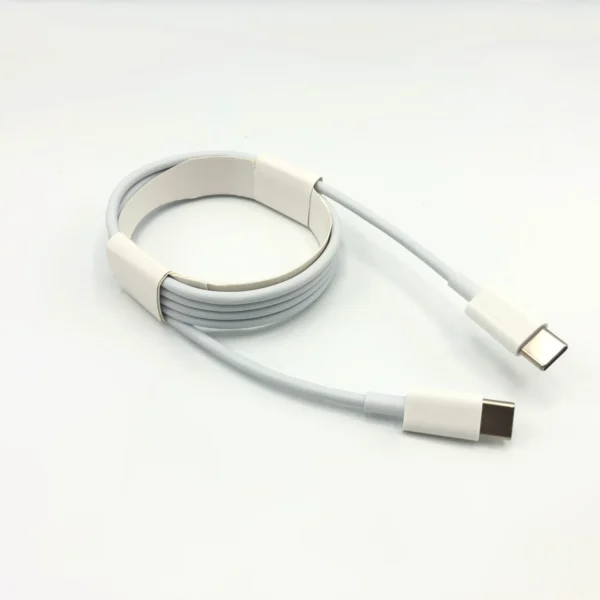
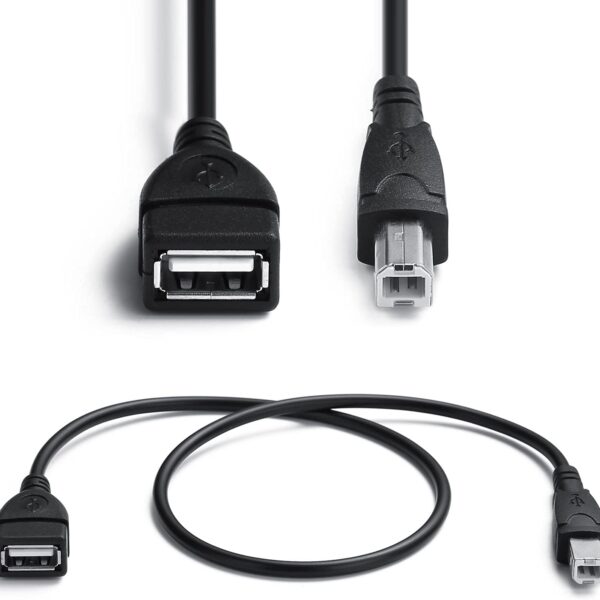
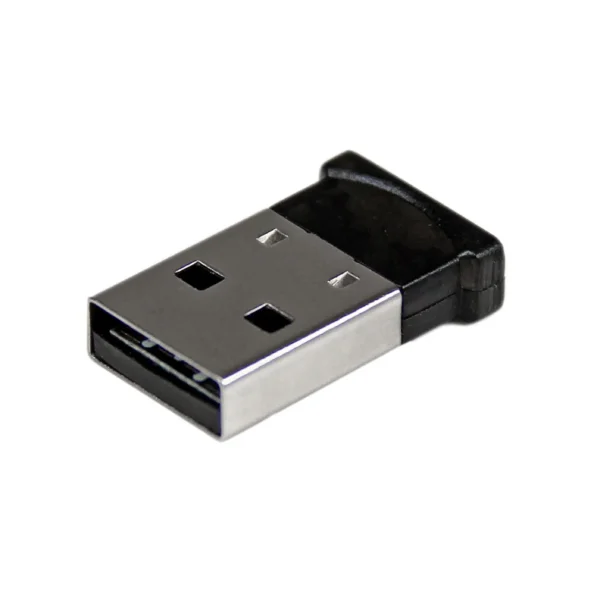
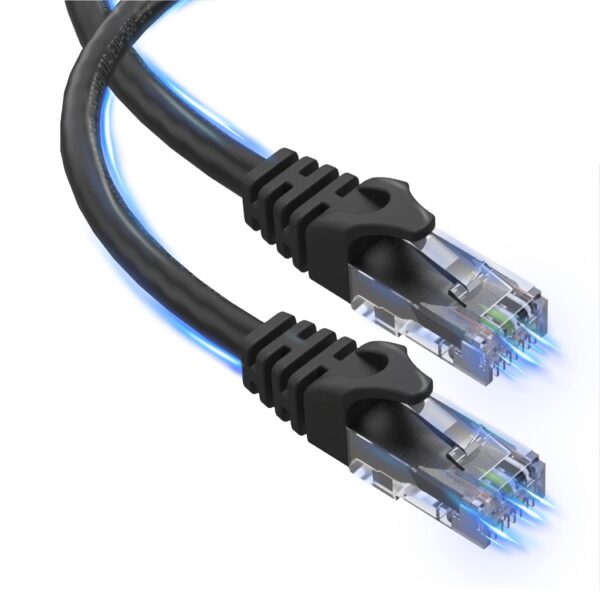
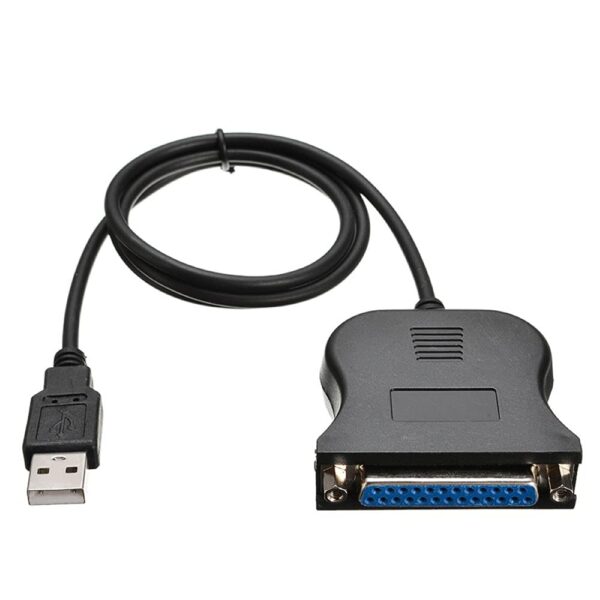
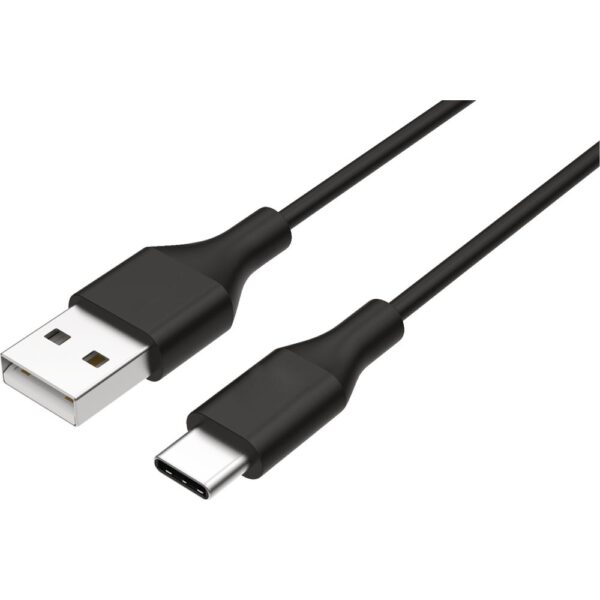












![Charger Charging Cable Cord [USB-C, 5ft] for Logitech Wireless G733 KDA G PRO X Lightspeed](https://cableonclick.com/wp-content/uploads/2024/06/0193-USB-A-to-USB-C-Cables-04-300x400.jpg)




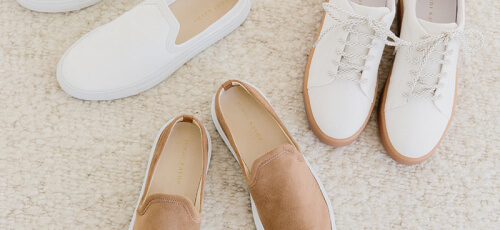
Rating & Review
There are no reviews yet.